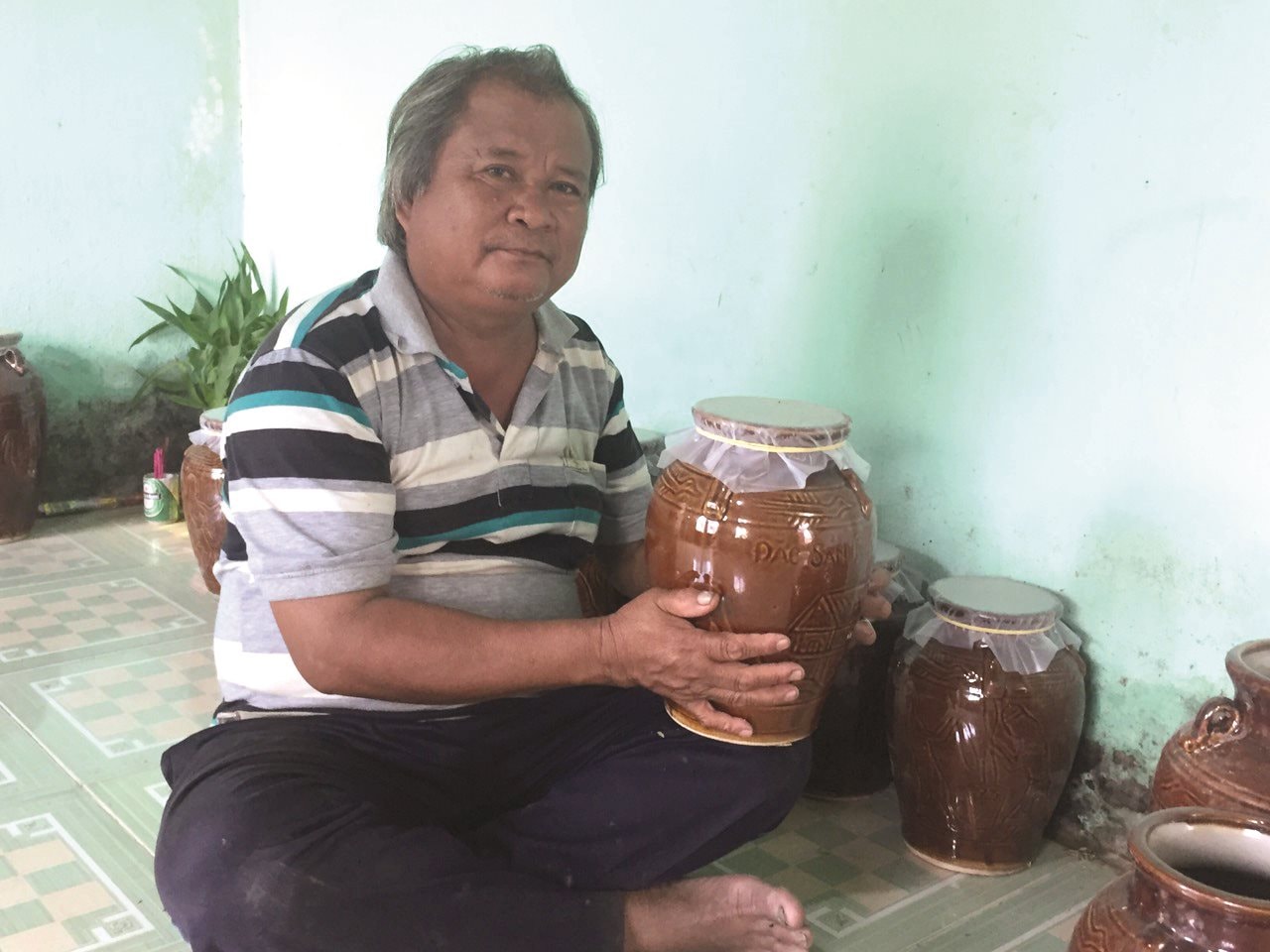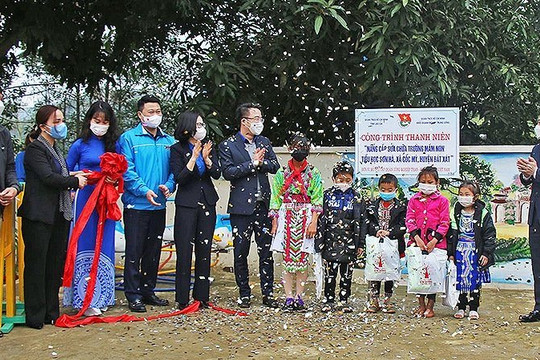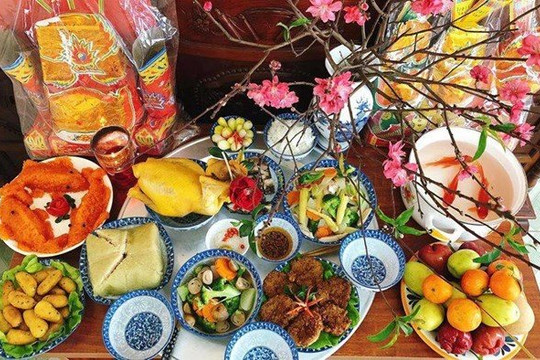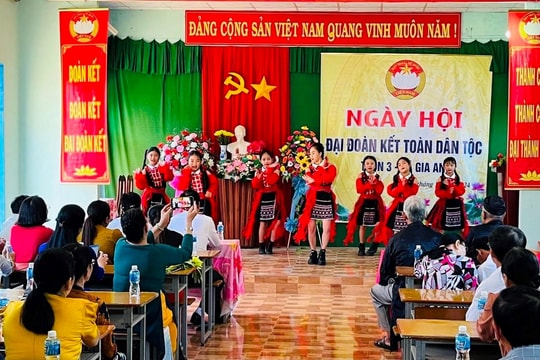
In the past, almost all of the K’ho and Raglai families brewed Can wine to use as the main beverage for important days namely Tet Dau Lua, god-offerings, festivals and receptions, etc. However, over time, more and more industrially produced wines and beers appeared on the market, so many people turn their taste to these drinks. The traditional craft of brewing Can wine of the ethnic minority people has gradually faded away. Many elderly people recall that since ancient times, the K'ho and Raglai people have used Can wine in ceremonies to worship Yang, river and mountain gods or in spiritual activities of dancing and singing. The jars of Can wine always go hand in hand with traditional dishes such as grilled wild meat, grilled fish with chili salt, bowls of upland rice, etc, making the holidays and parties meaningful. Especially, on the annual Great National Unity Festival, Can wine acts as a connecting link between individuals and the community of ethnic groups, a stimulant for loving couples, etc.
According to a reputable person in Phan Lam, Mr. Mang Ngoc Van, the only keeper of the Raglai people’s traditional craft of brewing Can wine, “Nowadays, Can wine is no longer brewed often, only a few households still brew it on “Tet Dau Lua”. However, my family still retains that tradition to serve people in the village, as well as selling a few to the customers from Lam Dong and Dong Nai provinces who enjoy and usually come back for it. Can wine is not only an important beverage in performing rituals and ceremonies of the ethnic minorities but it also a token of respect to the gods (Yang), as well as as a bridge to unite people in the community. The main ingredients to make Can wine are rice and yeast.
In the past, the Raglai people could use millet, corn, and cassava mixed with forest yeast then let it ferment for 1-3 months to be able to drink. Nowadays it’s best to use glutinous rice. First, we choose glutinous rice of good quality, cook, wait for it to cool, then mix with yeast. Usually, yeast is extracted from forest trees, then it is pounded into a powder to mix with rice. After that, we can put a handful of rice husks prepared earlier in the bottom of the jar, then put the rice and yeast mixture and leave it to ferment in the jar. Remarkably, drying and cleaning the jar are the most important steps in making Can wine.
“Before making wine, the jars must be thoroughly washed, disinfected with white wine, wiped, and sun-dried. If the drying time is long enough, the finished wine will not be sour, more fragrant, and have a sweeter taste. After about 15 days, the wine can be used. The longer the wine is fermented, the better the wine and the concentration of the juice will be. Notably, the aroma of sticky rice and the bitterness of the yeast from forest tree bark can be easily tasted.” - Mr. Van added.
Annually, Van’s family produces 300 jars of Can Wine to serve villagers and retail customers. During the peak season from December to the end of January or March of the lunar calendar, everyone uses Can Wine for new year's worshippings. Furthermore, on other occasions such as Lunar New Year or during summer, many people from other places, during their visit to the highlands of Phan Lam, do not forget to visit Mr. Van's place to buy a jar of Can wine. Engrossed in brewing Can wine, Mr. Van said he has sold 250 jars of Can wine to both villagers and guests. Normally, a 4-liter or 15-liter jar of Can wine can be sold with a price ranging from 250,000 VND to 450,000 VND. Such amount can financially support his family while also helps preserve the traditional culinary features of the people here.



.jpg)



.jpg)



















.jpeg)

.jpeg)


.jpeg)


